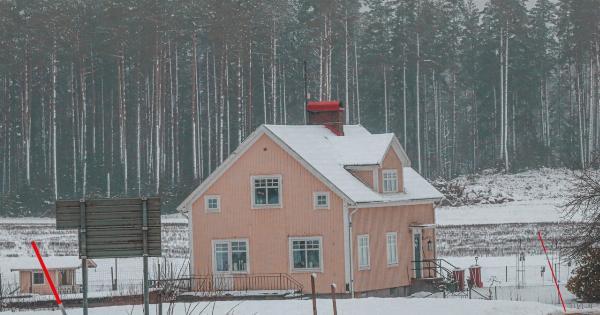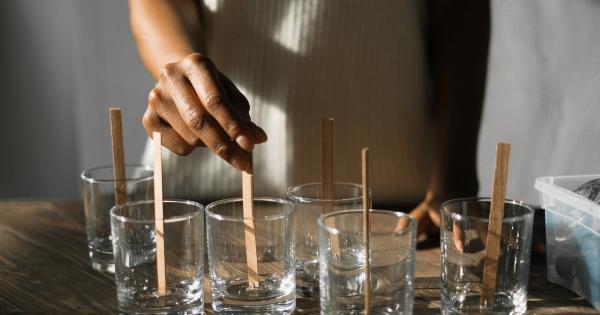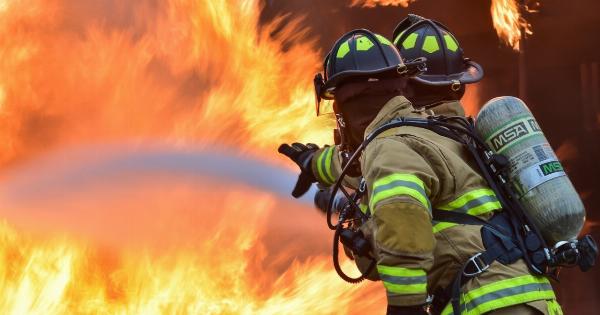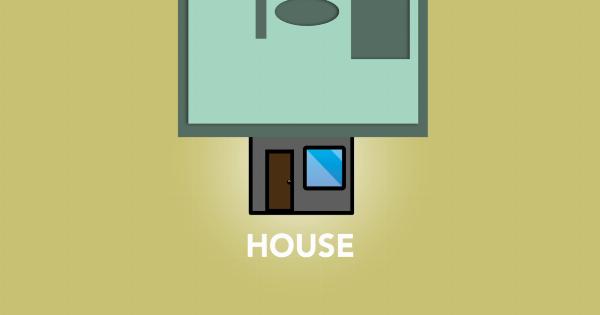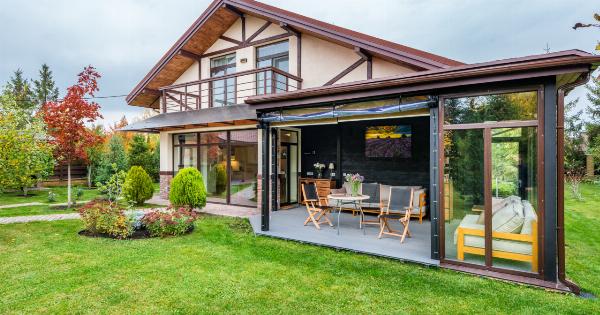When you purchase a home insurance policy, it is important to understand what is actually covered in the event of a natural disaster.
Many homeowners assume that all damage caused by a natural disaster will be covered under their policy, but this is not always the case. In this article, we will explore the different types of natural disasters and what you need to know about your home insurance policy coverage.
Types of Natural Disasters
Natural disasters can come in many forms, and it is essential to be aware of the various types that can occur in your region. Some common natural disasters include hurricanes, tornadoes, earthquakes, floods, wildfires, and severe storms.
Each of these disasters has the potential to cause significant damage to your home and belongings.
Standard Home Insurance Coverage
Most standard home insurance policies cover certain types of damage caused by natural disasters. These typically include damage as a result of fire, lightning, hail, and windstorms.
However, it is essential to review your policy carefully, as coverage can vary depending on your insurer and the specific policy you have.
Additional Coverage for Natural Disasters
While some natural disasters might be covered under a standard home insurance policy, others may require additional coverage. Flood insurance, for example, is typically not included in a standard policy and must be purchased separately.
The same goes for earthquake insurance if you live in an area prone to seismic activity.
If you reside in a region where hurricanes or tornadoes are prevalent, you may require additional coverage for windstorm damage. It is vital to consider your geographical location when determining if additional coverage is necessary.
Reviewing Policy Coverage
It is crucial to carefully review your home insurance policy to determine what is covered in the event of a natural disaster. Pay close attention to the policy’s exclusions and limitations, as these can vary from one insurer to another.
Some policies may have specific exclusions for certain types of natural disasters, such as floods or earthquakes.
This means that if your home sustains damage as a result of one of these events, you will not be covered unless you have purchased additional insurance.
Ensure you fully understand what your policy covers and what it does not, as this will help you make informed decisions about any additional coverage you may need.
Obtaining Additional Coverage
If your home insurance policy does not provide coverage for certain natural disasters, it is essential to explore your options for obtaining additional coverage.
Contact your insurance provider to discuss the types of coverage you need and inquire about any additional policies they offer.
For example, if you live in a flood-prone area, your insurance provider may offer a separate flood insurance policy. Similarly, if you reside in an earthquake-prone region, your insurer may provide additional coverage for seismic events.
While obtaining additional coverage may increase your insurance premium, it can provide peace of mind knowing you are protected from the potential financial devastation caused by a natural disaster.
Understanding Policy Exclusions
As mentioned earlier, it is crucial to be aware of any exclusions in your home insurance policy regarding natural disasters. Exclusions are specific events or circumstances that your insurance does not cover.
For example, if your policy excludes coverage for flood damage and your home is damaged by a flood, you will be responsible for covering the repairs or replacements out of your own pocket.
This is why it is important to carefully read through your policy and speak with your insurance provider to clarify any concerns or questions you may have.
Documenting Your Belongings
In the event of a natural disaster, it is crucial to be able to prove the value of your belongings and the extent of the damage. One way to do this is by creating a home inventory.
Document all your possessions, including their value, and keep records such as receipts, photographs, or videos.
This documentation will not only help you in the claims process but also make the process smoother and faster.
Additionally, consider storing copies of these records in a safe place outside your home, such as a safe deposit box or cloud storage, to ensure they are not lost if your home is damaged or destroyed.
Conclusion
Understanding the coverage provided by your home insurance policy regarding natural disasters is essential for protecting your home and belongings.
Take the time to review your policy, consider your geographical location, and determine if additional coverage is necessary. By being proactive and informed, you can ensure that you are adequately protected from the financial impact of a natural disaster.

